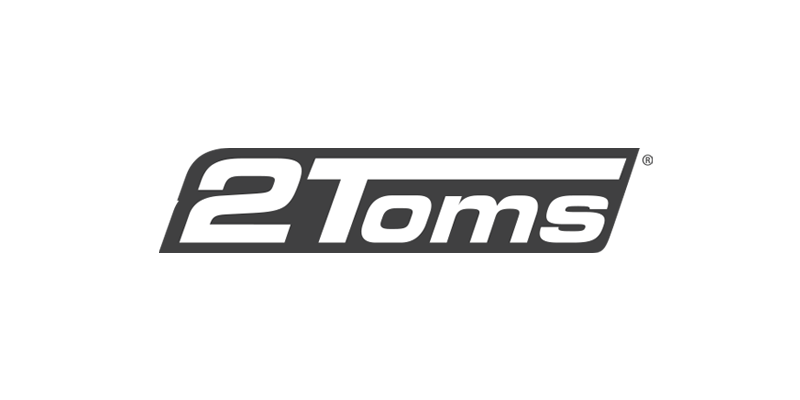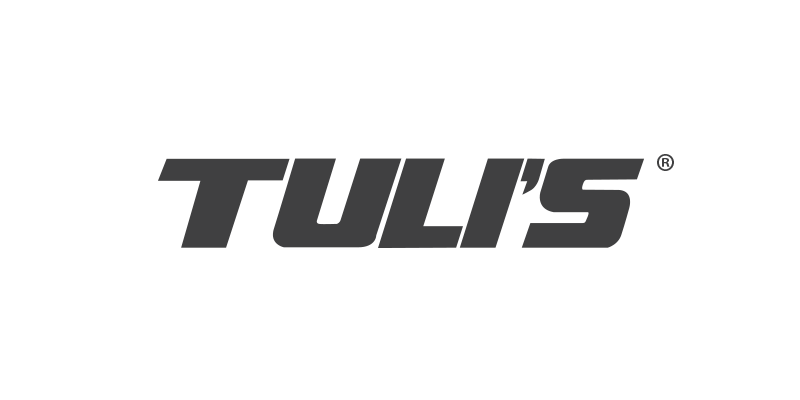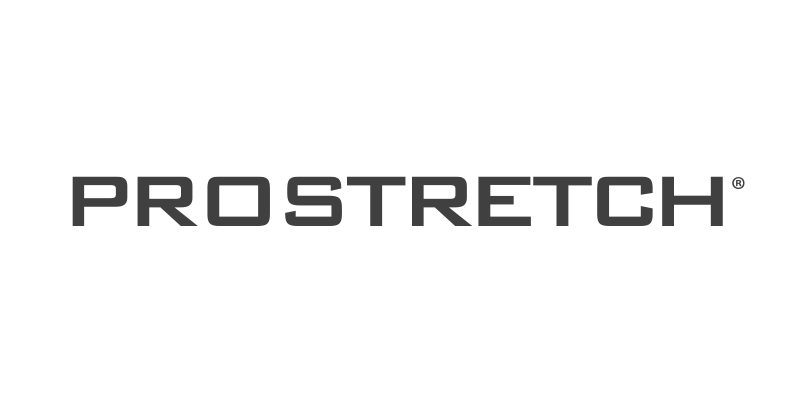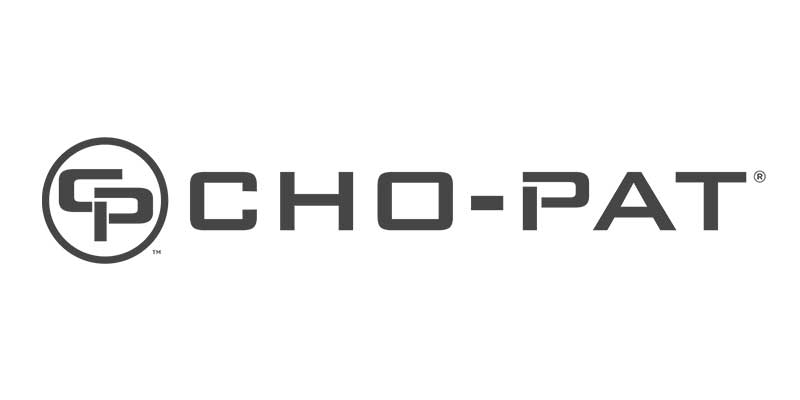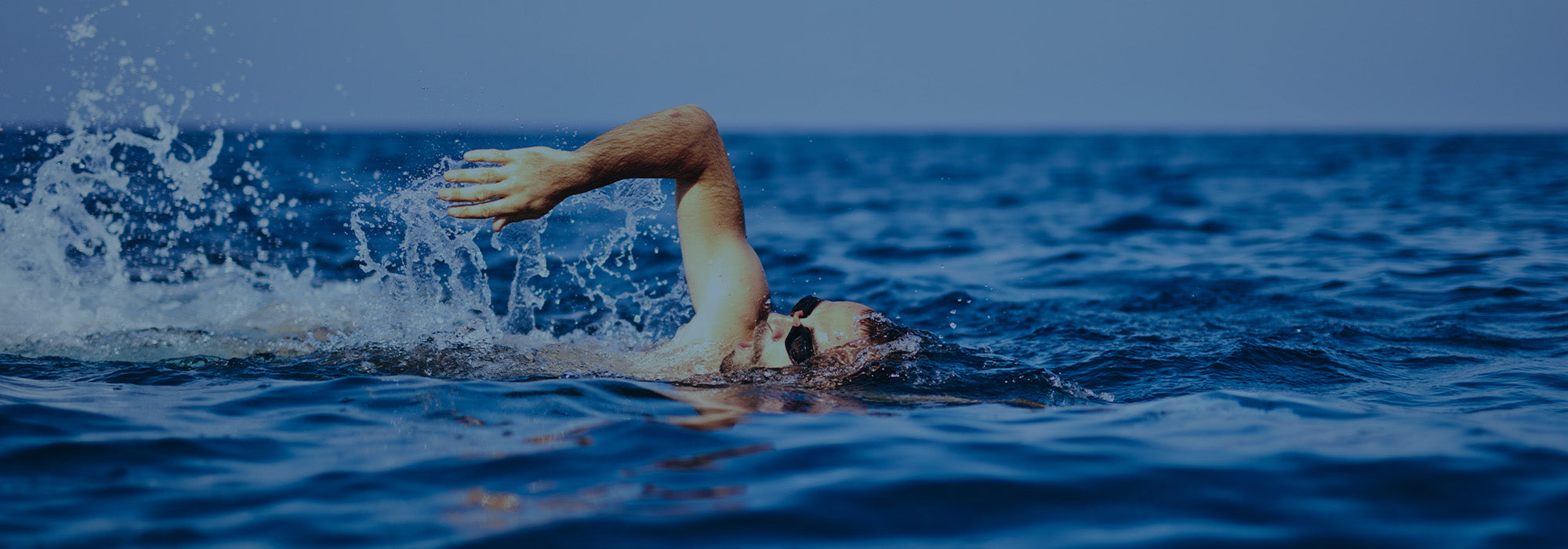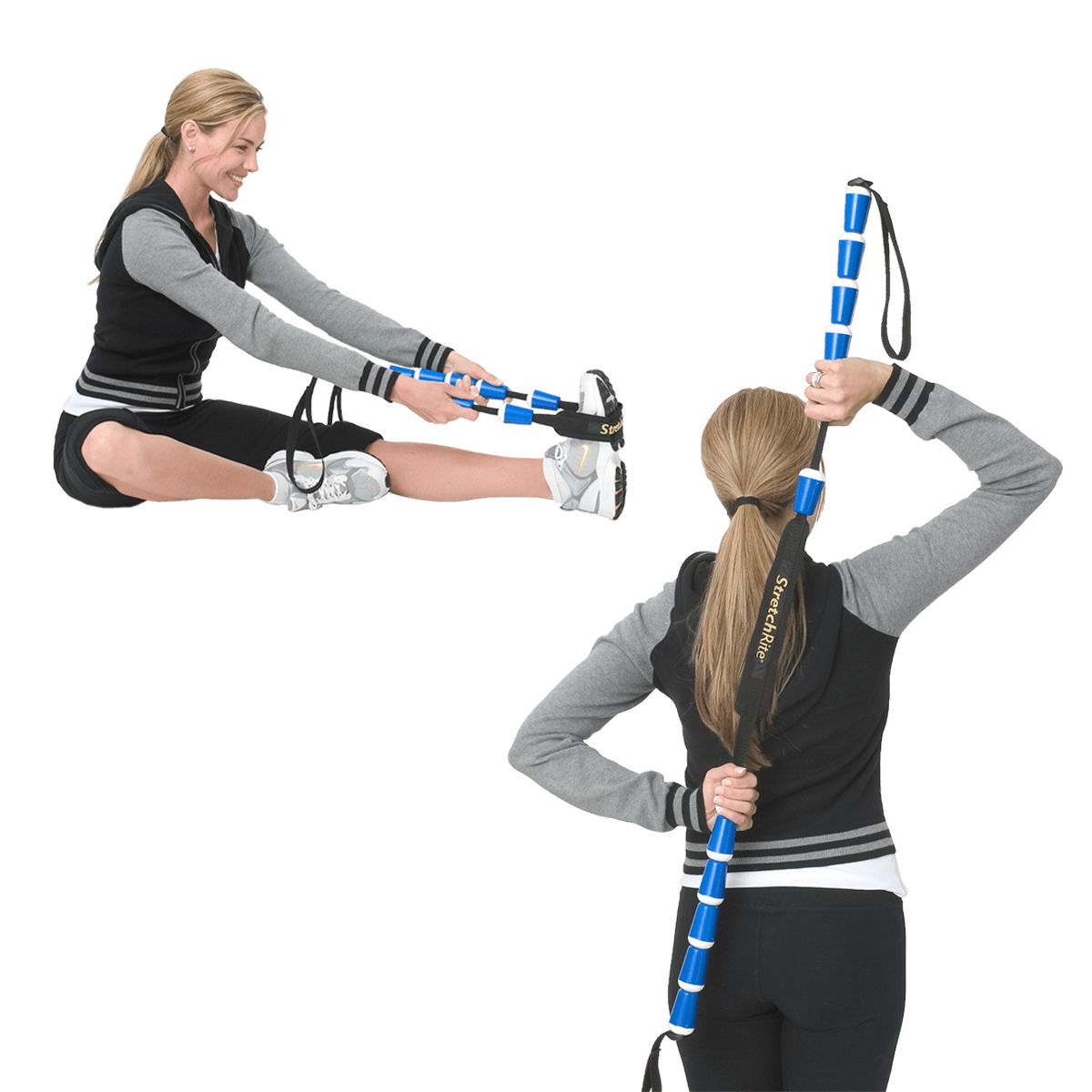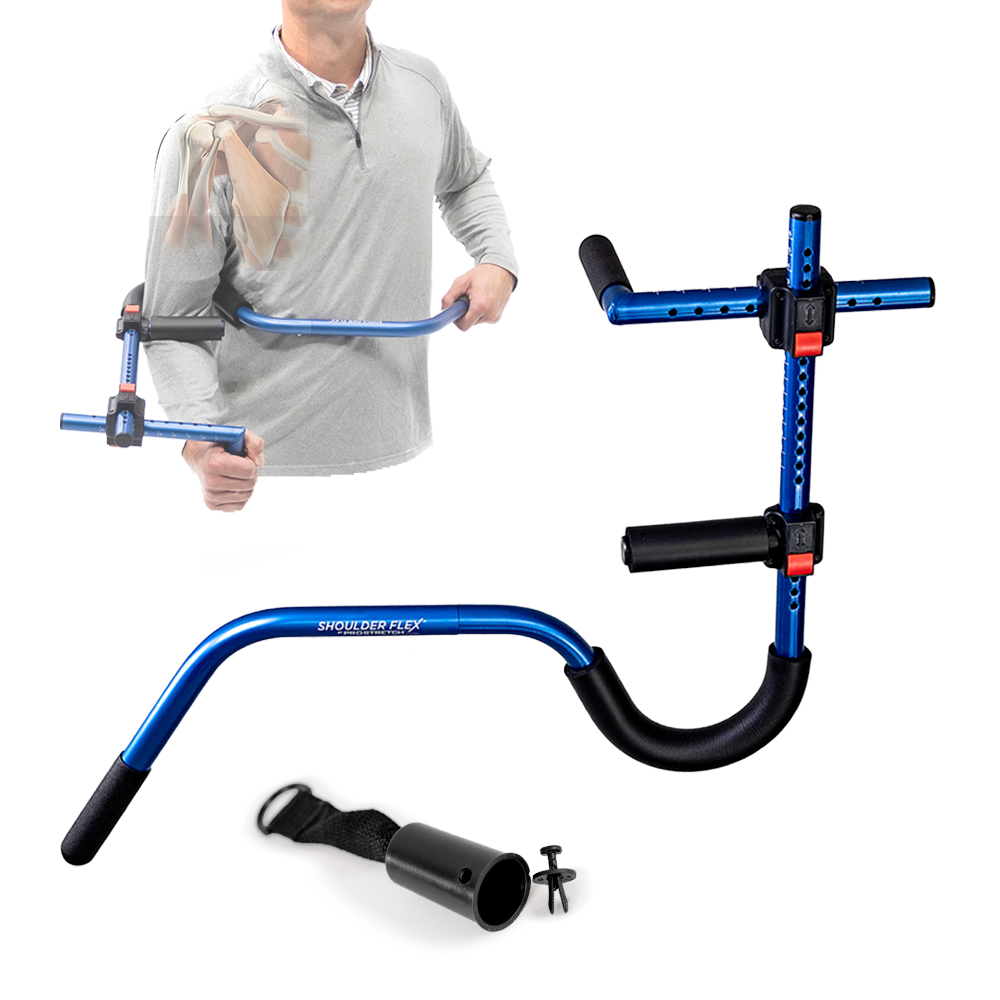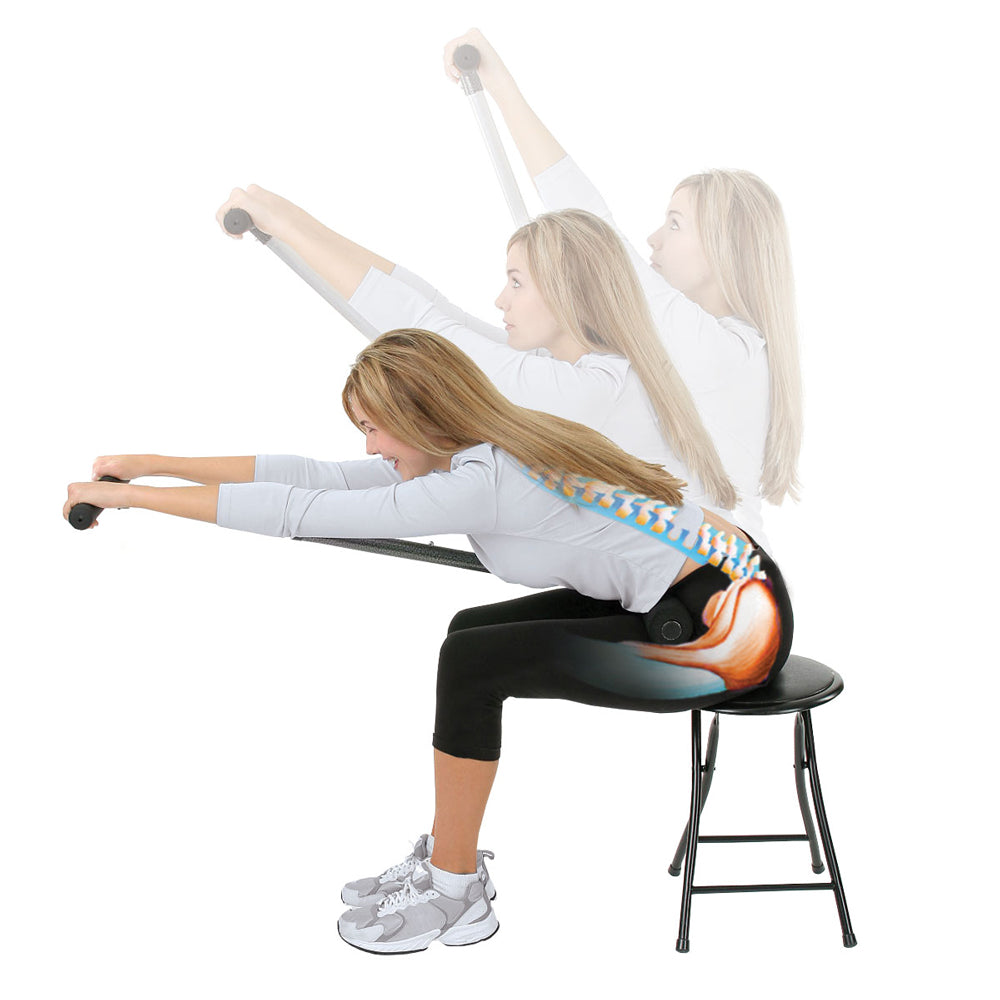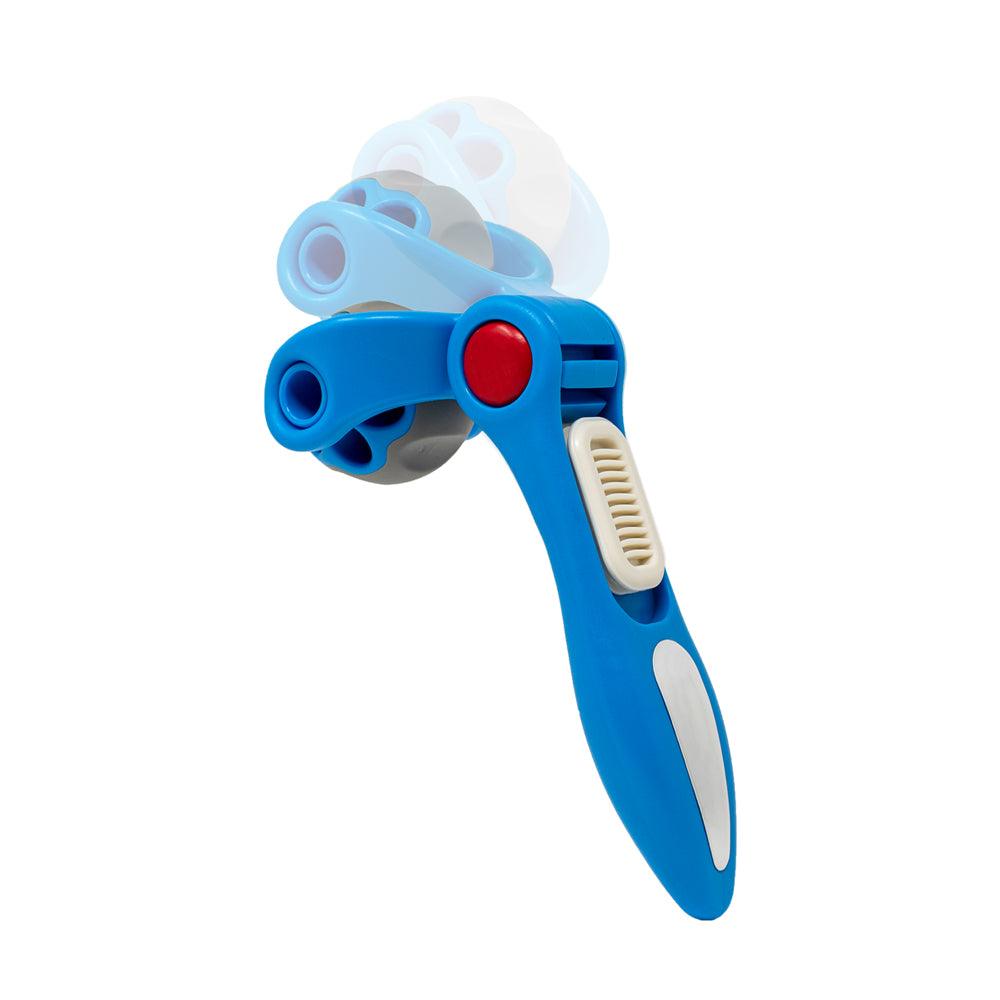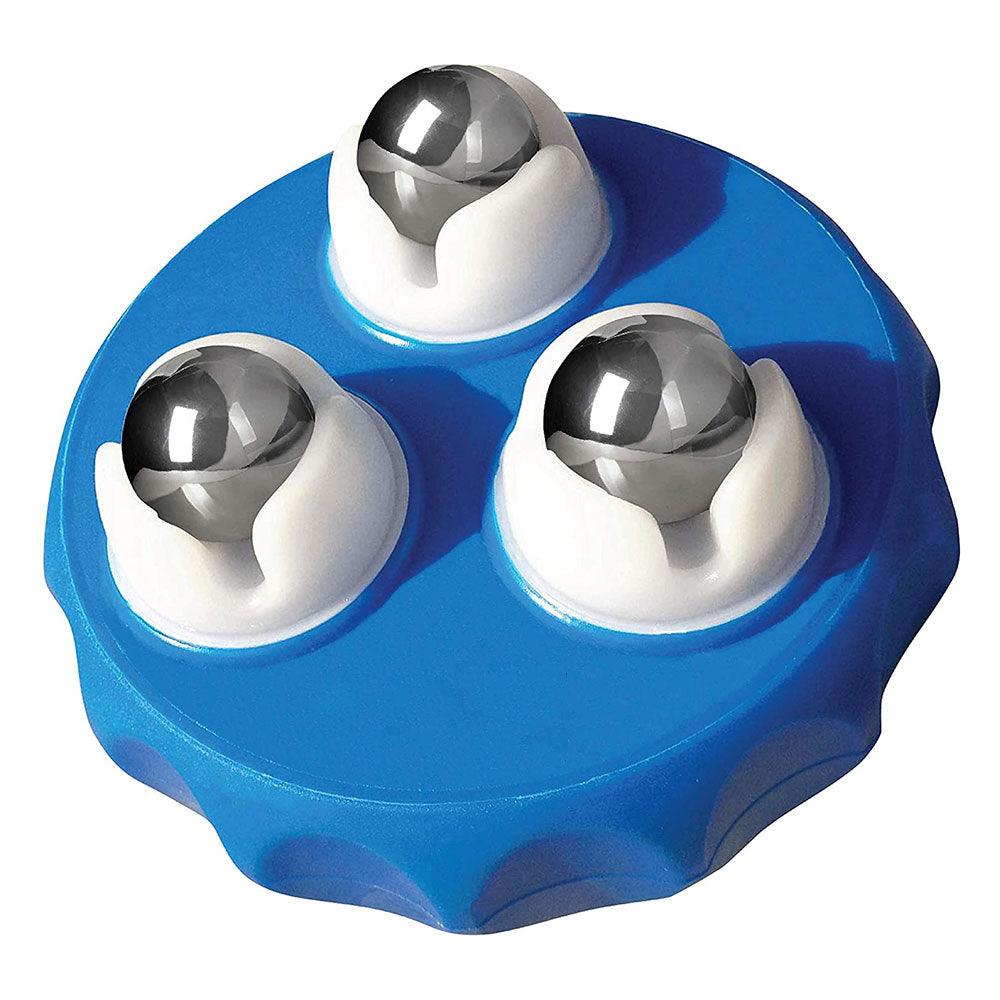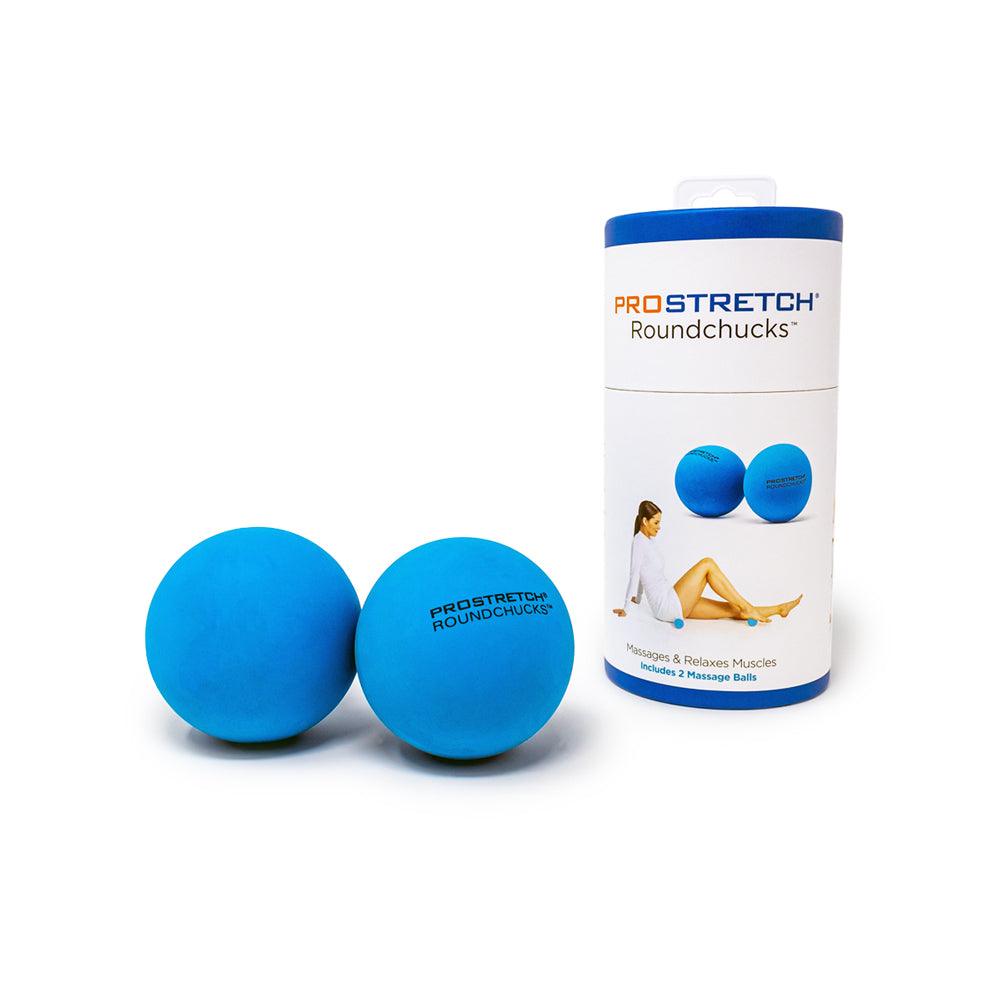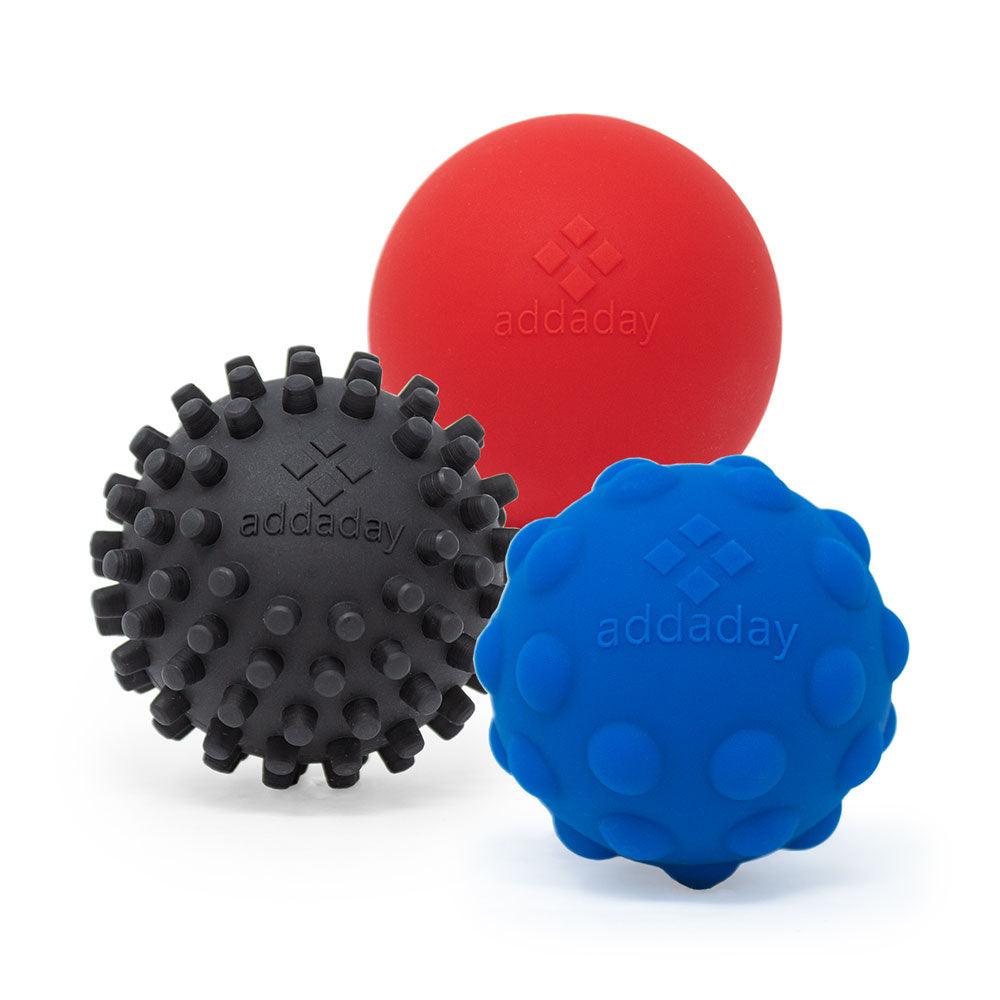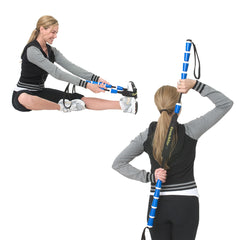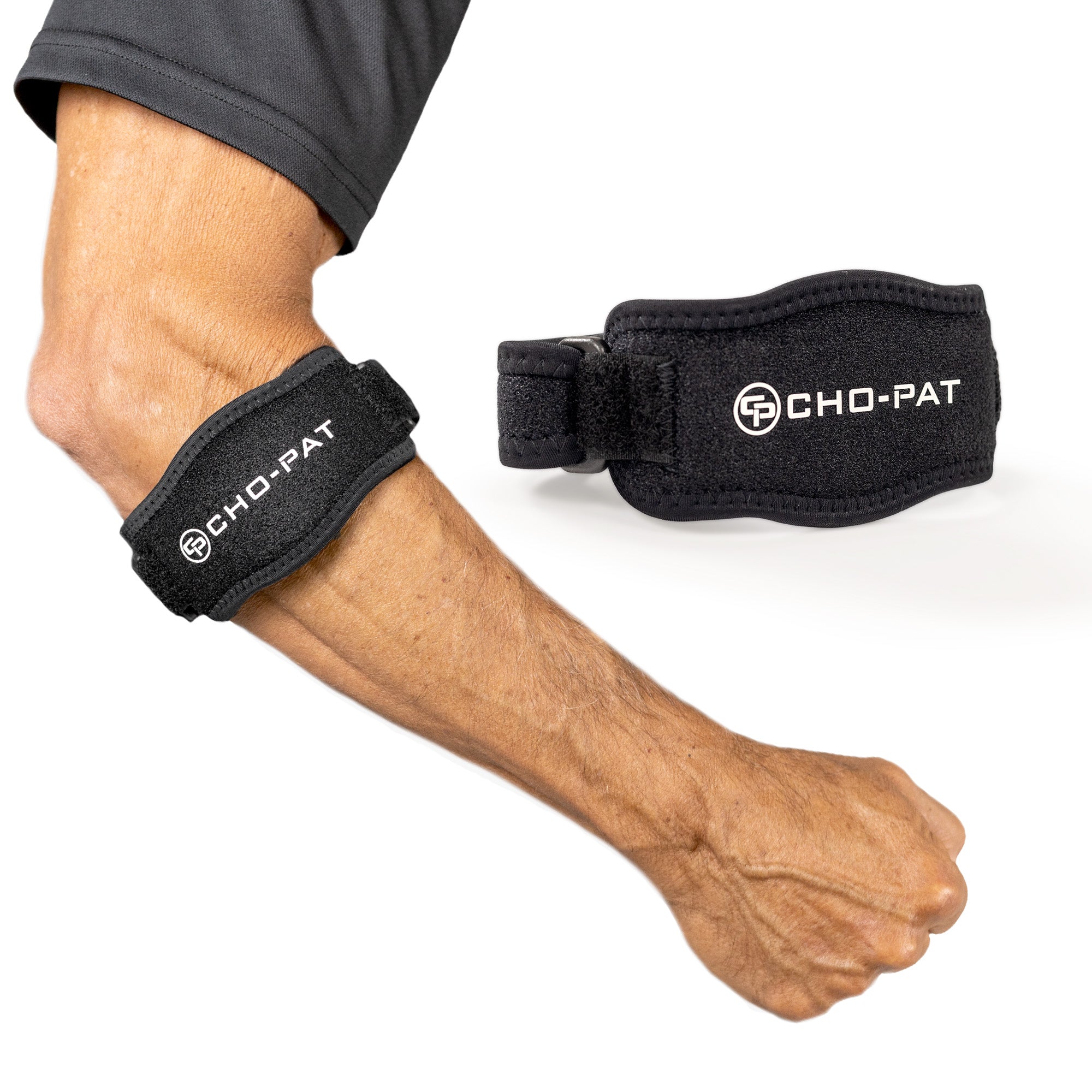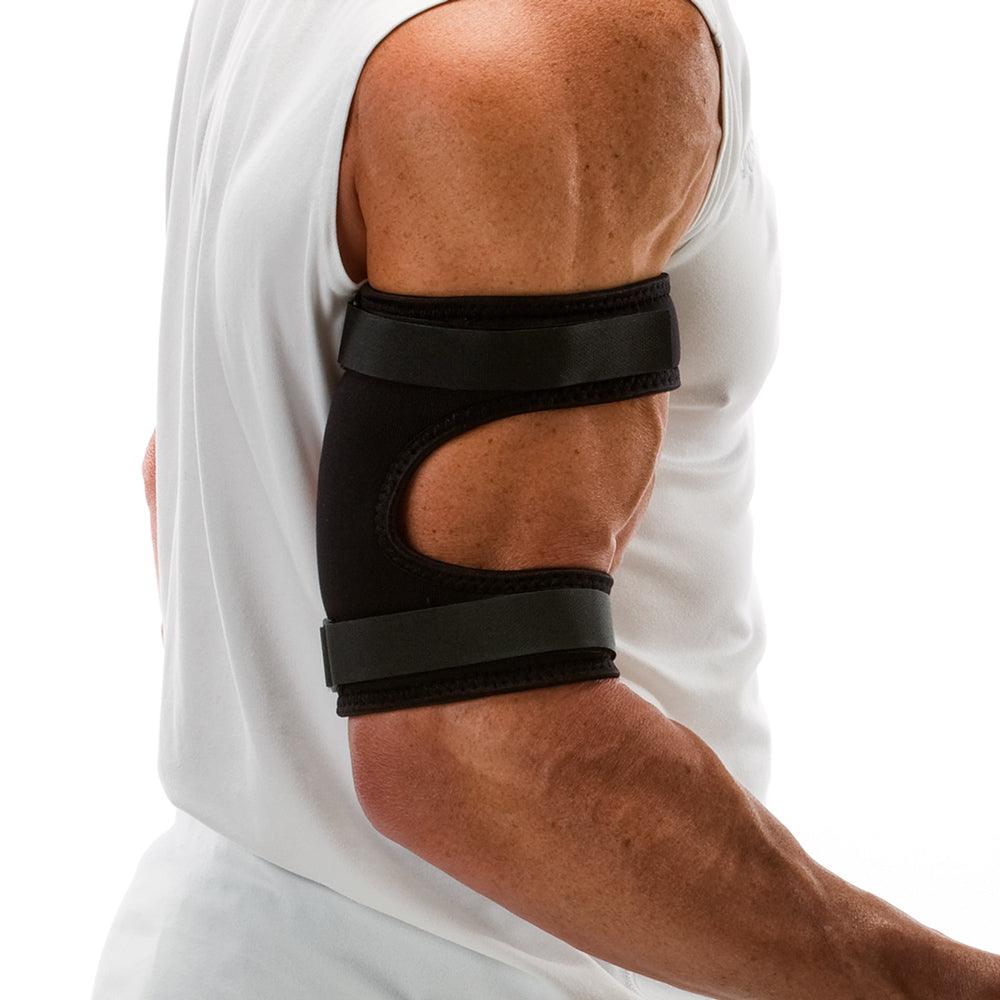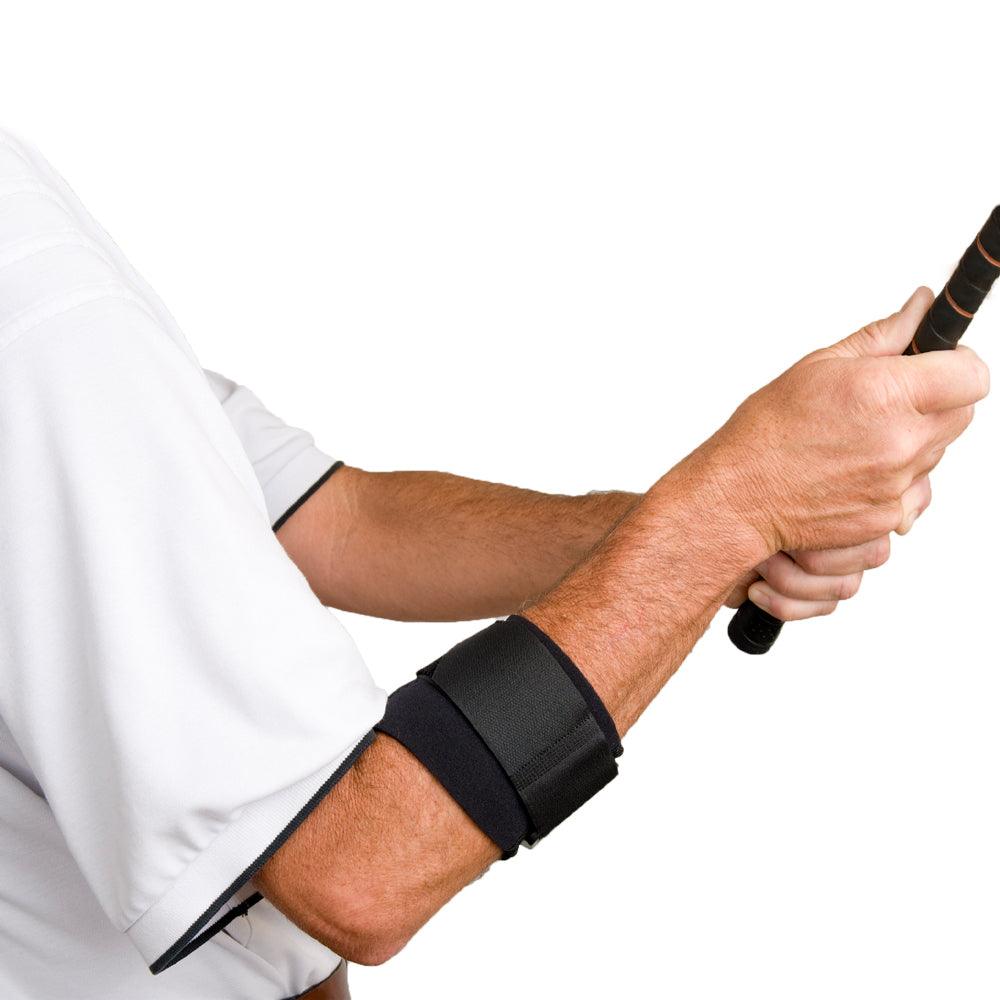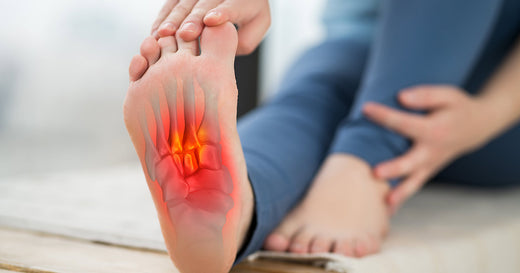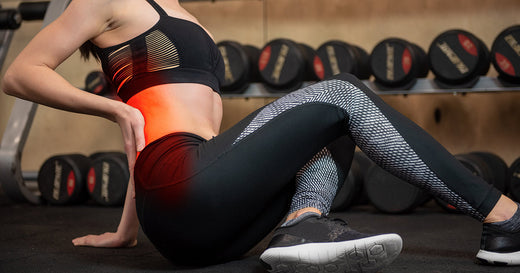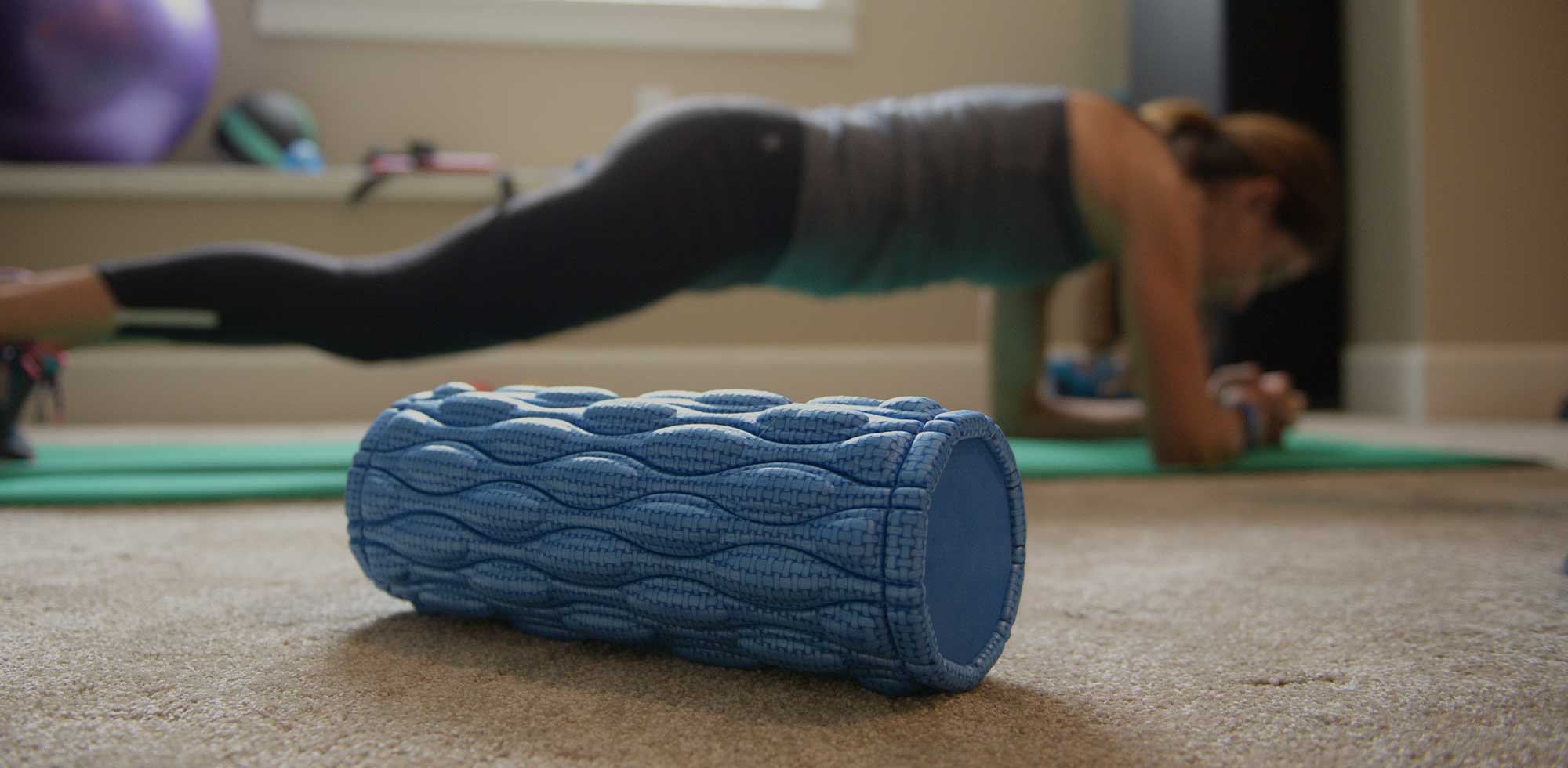Swimmer’s arm is a condition that occurs from repetitive motion of your elbow, commonly associated with swimming. It is simply an overuse injury and will not occur as the result of a specific injury. Although swimmer’s arm is common in swimmers, it can be experienced by anyone who participates in activities that require repetitive use of the arm; specifically the muscles and tendons in the elbow.
Understanding swimmer’s arm causes and knowing what swimmer’s arm symptoms to look for, you will better know what type of treatment to seek so that you can be at the top of your game. We recommend swimmer’s elbow exercises to help with the pain.
Causes
Swimmer’s Arm Causes
Swimmer’s arm causes range from swimming to other activities that require the repetitive use of the elbow.
- Most commonly, the breast stroke and butterfly strokes will cause swimmer’s arm because of the “elbow-up” pull that is done for those strokes.
- Other swimmer’s arm causes may include repeatedly lifting weights or performing manual labor such as construction.
Symptoms
Swimmer’s Arm Symptoms
Swimmer’s arm might not present itself right away. The inflammation typically begins slowly and progresses over time. You may notice it first by feeling a painful sensation in your arm, around the elbow. As time goes on, you will feel more and more swimmer’s arm symptoms, such as extensive pain, as the inflammation of the muscles in your forearm becomes worse. Some common symptoms you might feel include:
- A weakened grip
- A burning sensation in your elbow and/or shoulder
- A pain that is felt on the outside of the elbow, even when stabilized
- Stiffness in the elbow
- Pain when squeezing an object
Treatments
Swimmer's Arm Treatment
Swimmer’s arm treatment is the best way to ensure reduced pain and a speedy recovery, getting you back in the water or to your other activities as soon as possible. Studies show that 80-95 percent of swimmer’s arm patients find relief through conservative treatments that reduce inflammation and pain. Some medically approved swimmer’s arm treatment options include:
FOR IMMEDIATE RELIEF
Support Products:
Using an arm support for a swimmer's arm provides compression and stability to the affected area, reducing excessive movement and preventing further strain on the injured tendons and muscles. Additionally, the support helps to improve blood circulation, reduce inflammation, and promote the healing process, allowing swimmers to continue training or competing with reduced discomfort and a lower risk of exacerbating the injury.
Recommended products:
 Apply targeted compression to the upper arm, relieving stress on the tendons and reducing pain associated with the swimmer's elbow. Its strategic design provides support and promotes improved muscle function to help swimmers maintain their performance with reduced discomfort. The Upper Arm Strap is waterproof for use in the pool. |
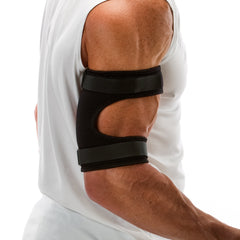 Apply targeted compression to the upper arm, relieving stress on the tendons and reducing pain associated with the swimmer's arm. Its strategic design provides support and promotes improved muscle function to help you maintain performance with reduced discomfort. The Bicep/Tricep Strap is meant for normal activitiest. |
FOR LONG-TERM HEALING
Stretching and Strengthening Products:
Stretching and strengthening exercises are beneficial for arm pain resulting from swimmer's arm for several reasons. Firstly, targeted stretching helps improve the flexibility of the muscles and tendons around the elbow and shoulder joints, reducing stiffness and enhancing range of motion. Strengthening exercises, on the other hand, work to build the resilience and endurance of the muscles, providing better support to the joints and helping prevent future injuries.
Additionally, a well-rounded stretching and strengthening regimen can improve overall muscle balance, alleviate muscle imbalances that may contribute to arm pain, and promote better functional movement, aiding in the recovery process for swimmers experiencing swimmer's arm pain.
Recommended products:
|
StretchRite® Stretching Strap ★★★★★ This product allows you to experience the ultimate in full-body and arm stretching. Designed to be comfortable and effective, it relieves the pain and increases flexibility and mobility. |
 ProStretch® Shoulder Flex™ ★★★★★ Provides targeted stretching exercises primarily for internal and external rotation of the rotator cuff to improve your shoulder's range of motion. Its design promotes improved shoulder flexibility, providing swimmers with a valuable tool for rehabilitation and preventive care against swimmers' arm pain. |
Massage Products:
Massaging helps to relax tight muscles and release tension, reducing overall discomfort and promotes a greater range of motion. A targeted massage can address specific trigger points or knots in the muscles, contributing to pain relief and enhancing the overall recovery from swimmer's arm pain.
Recommended products:
 ProStretch® Uno Massage Roller ★★★★★ Delivers targeted myofascial release, reducing muscle tightness and promoting flexibility. Its design allows for effective targeted self-massage, helping to alleviate discomfort associated with swimmer's arm and supporting swimmers in maintaining optimal performance. |
 ProStretch® Marble Massage Roller ★★★★★ A hand-held roller massage tool designed to help relieve tight muscle knots, tension, and muscle soreness. Use the Marble Roller on your arms for the ultimate massage experience. |
 ProStretch® Roundchucks Massage Balls ★★★★★ Provides targeted pressure and massage to the muscles, helping to alleviate tension and discomfort. Promotes muscle flexibility and can be a valuable addition to a golfer's elbow self-care routine for effective pain relief and improved performance. |
 ProStretch® Trio Massage Balls ★★★★★ A set of 3 massage balls each of a different density allowing for a personalized massage. With three different densities, soft density, medium density, or firm density, you decide your desired pressure of massage. |
 ProStretch® Peanut Massage Ball The ideal trigger point massage ball to alleviate muscle soreness and stiffness. |
 ProStretch® Hexi Mini Foam Roller It is the ideal trigger point massage tool to help alleviate muscle soreness, tightness, and tiredness. Small and compact, the Hexi foam roller features a textured 6-sided design with a solid foam core and can be used just like a standard-sized roller. |
 ProStretch® Nonagon Foam Roller The textured 9-sided foam roller design with a solid EVA foam core connects with the fascia with precision and allows for a deeper, stable, and secure roll. |
In addition to the above mentioned techniques, you should always ice the area after you have exercised to reduce inflammation. Speaking to a physician about proper medication could also be an option to explore.
How to Prevent Swimmer's Elbow
Sometimes it is impossible to achieve swimmer’s arm prevention, but there are some things you can do after you have begun to feel the pain to prevent further pain and more serious damage. Some swimmer’s arm prevention methods you can try are:
- Stretching before and after each swimming session or before and after whatever you are doing that will put strain on the elbow.
- Apply ice to the elbows after repetitive movements that may cause inflammation.
- Perfect your technique so you don’t put unnecessary strain on the elbow.
- Wear the Cho-Pat® Upper Arm Strap while you participate in your activity.
PLEASE NOTE: The information on this website and article is for information only and should not be used as a substitute for consulting your doctor. Consult your doctor for proper diagnosis and rehabilitation.
